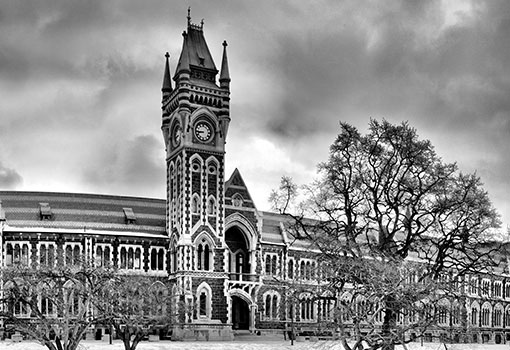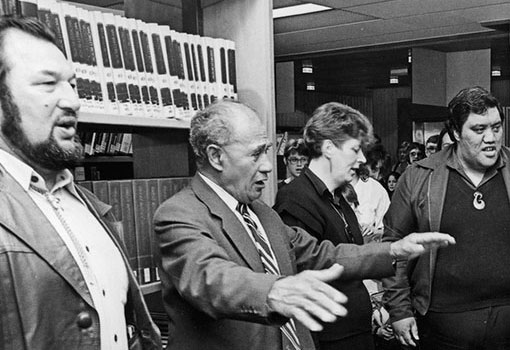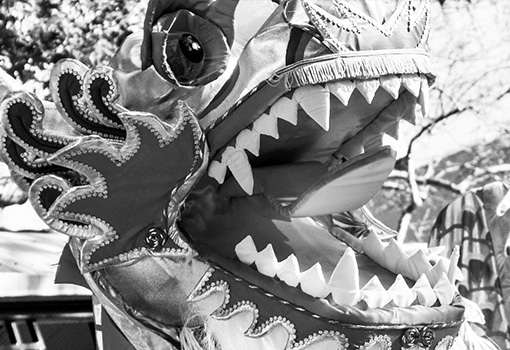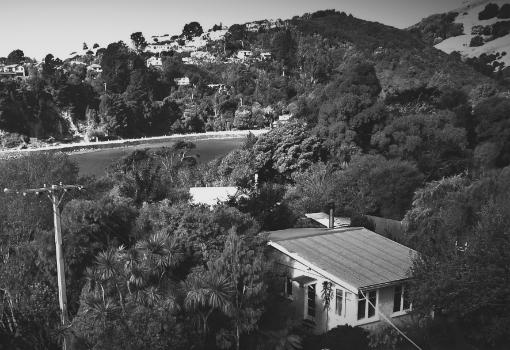
New Zealand women in World War II: Author puts out call for letters, diaries
By NZ Herald - Cherie Howie | Posted: Monday Apr 04, 2022
Bad news had already come when Kiwi pilot Jane Winstone began her long journey across the globe to fly planes in the conflict transforming the century she was born into.
Her fiance, fellow Wanganui Aero Club amateur pilot and now Royal New Zealand Air Force pilot-officer Angus Carr MacKenzie, had been reported missing after an air raid over the German industrial city of Essen on June 9, 1942. His body would never be found.
But Winstone stuck with her plans to travel to the UK and join the multi-national Air Transport Auxiliary, set up to support war efforts by using mostly female pilots to ferry new, repaired and damaged military aircraft around the country.
Less than two years later, she would join MacKenzie - along with his fellow aviator brother Donald Carr MacKenzie, killed in action the year before - on the sad roll call of New Zealanders lost in World War II.
The pioneering aviatrix died when the engine of a Spitfire she was ferrying to a maintenance unit failed at 182m, spinning the warbird into the ground near Shropshire's Tong Castle on February 10, 1944, according to the New Zealand's online encyclopedia, Te Ara.
Winstone, 31, didn't live to enjoy the peace that came 18 months later and left no direct descendants.
But author Renee Hollis is hoping to find out more about the World War II experiences of New Zealand girls and women, such as Winstone, for a new book focused on wartime for the half of the population some call "the Silent Army".
The idea came from conversations at the November launch of her last book, Voices of World War II: New Zealanders share their stories, when RSA national president BJ Clark and others urged her to do another book focused solely on the wartime experiences of women and girls.
"He said, 'Your next book needs to be about the Silent Army, because they're not honoured enough, and people don't know enough about what they did'."
The Nelson-based author has begun crowd-sourcing diaries, letters and anecdotes for an as-yet-untitled book about those experiences and contributions, from the cockpit to the classroom, the factory to the farm, and the stage to the stove.
"I'm looking for stories that have never been shared before, that will give the reader a real insight into what women's lives were really like during World War II."
"Sources could include those who can recall childhood memories of wartime, mothers raising children while their husbands were fighting overseas, volunteers, land girls, women who worked in the factories as well as the Red Cross, the Women's Auxiliary Army Corps (WAACs), the Women's Auxiliary Air Force (WAAFs), [and] the Women's Royal Naval Service (Wrens)."
Memories, letters and diaries relating to the immediate post-service or post-war period were also welcome, including women's experiences when they later had to return to traditional roles, or how relationships may have changed while husbands were overseas, Hollis said.
"What happened when their husbands returned and there was an extra child lining up to see them? No one talks about that, and it happened."
She was also keen to hear about the experiences of New Zealand women who served overseas as nurses, ambulance drivers, entertainers and, like Winstone, pilots.
Ten thousand Kiwi women served in the armed forces during World War II.
Hollis was thrilled when she found an Auckland Museum historian had written potted biographies on Winstone and four other Kiwi women who joined the Air Transport Auxiliary, all of whom had to pay their own way to England and pass medical and flying tests before being accepted, Hollis said.
Along with Winstone, Betty Black of Otago, June "Judy" Howden of Waikato, Edith Furkett (nee Power-Collins) of Wellington and Whanganui's Trevor Hunter (named Trevor by a mother convinced she was having a boy) joined the air auxiliary.
Hollis was hoping their descendants might have letters, diaries or even memories passed down they can share about what was a particularly gutsy wartime role.
Along with the nickname "ATA-Girls", the female pilots were known as "Night Witches" because their missions so often took place at night and included hazards such as a ban on radio contact and the danger of striking barrage balloons designed to protect ground targets from enemy aircraft.
"Maybe they thought it would be an adventure", Hollis said of the women's motivations.
"I'm really quite intrigued to find out what it was like over there, what they did and how dangerous it was. People did their bit, they volunteered in New Zealand, but to go [to the UK] and risk their lives … I just think it's so courageous."
* Letters, diaries, anecdotes and photographs relating to the WWII experiences of New Zealand women and girls can be sent to Hollis before June 19. They can be emailed to: newzealandsilentarmy@gmail.com
or posted to
Renee Hollis, PO Box 85, Nelson, 7040
A return address should be included so items can be returned via courier.



